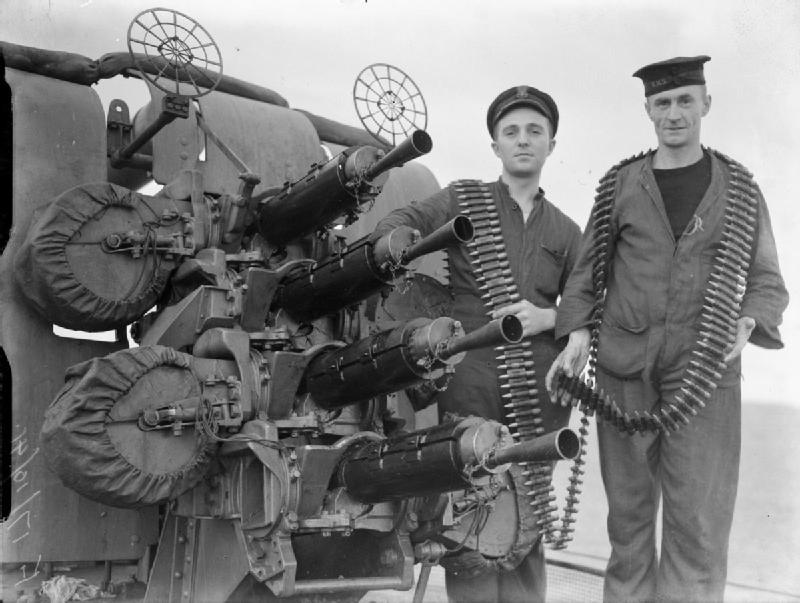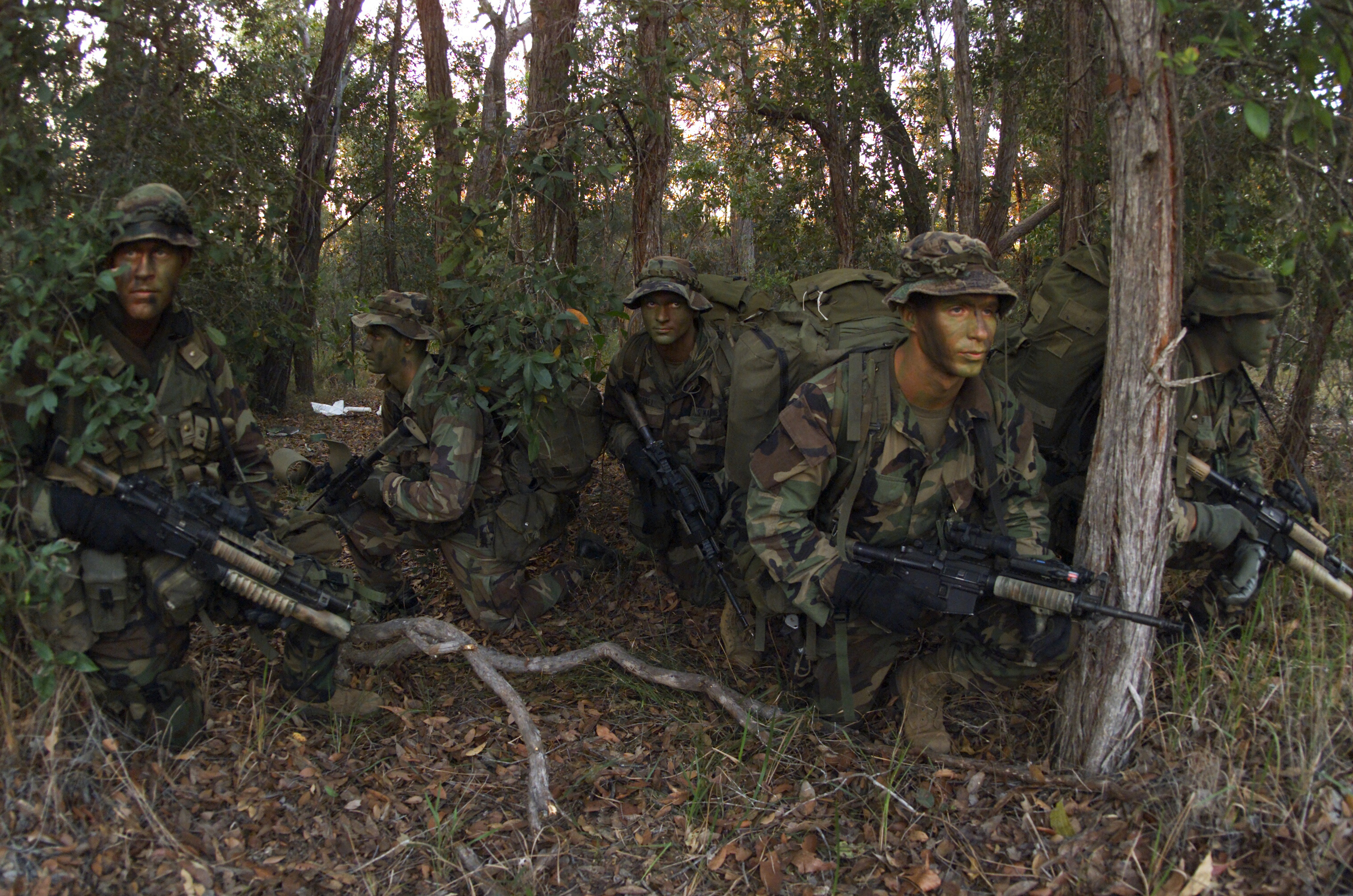|
Hawker Hedgehog
The Hawker Hedgehog was a three-seat reconnaissance biplane, to be used for naval scouting, produced to meet Air Ministry Specification 37/22. It was designed in 1923, and had its first flight the next year, piloted by F. P. Raynham. The crew consisted of the pilot, an observer and an air gunner. Its construction was typical of the period: a wooden structure covered with fabric. The powerplant was a nine-cylinder Bristol Jupiter IV radial engine driving a two-bladed wooden propeller. While testing was successful, on completion of the flight tests, the project was cancelled. This was due to the Hedgehog's performance not being sufficiently better than the existing aircraft used for naval reconnaissance, the Avro Bison and Blackburn Blackburn. Consequently, only one prototype was built. The armament of the aircraft was one fixed forward-firing .303 in (7.7 mm) Vickers gun and one .303 in (7.7 mm) Lewis gun on a Scarff ring in the rear cockpit. The aircraft ... [...More Info...] [...Related Items...] OR: [Wikipedia] [Google] [Baidu] |
Hawker Aircraft
Hawker Aircraft Limited was a British aircraft manufacturer that was responsible for some of the most famous products in British aviation history. History Hawker had its roots in the aftermath of the First World War, which resulted in the bankruptcy of the Sopwith Aviation Company. Sopwith test pilot Harry Hawker and three others, including Thomas Sopwith, bought the assets of Sopwith and formed H. G. Hawker Engineering in 1920. In 1933, the company was renamed Hawker Aircraft Limited, and it took advantage of the Great Depression and a strong financial position to purchase the Gloster Aircraft Company in 1934. The next year, it merged with the engine and automotive company Armstrong Siddeley and its subsidiary, Armstrong Whitworth Aircraft, to form Hawker Siddeley Aircraft. This group also encompassed A. V. Roe and Company (Avro). The company continued to produce designs under the "Hawker" name as part of Hawker Siddeley Aircraft, which from 1955 was a division of Hawk ... [...More Info...] [...Related Items...] OR: [Wikipedia] [Google] [Baidu] |
Amphibious Aircraft
An amphibious aircraft, or amphibian, is an aircraft that can Takeoff, take off and Landing, land on both solid ground and water. These aircraft are typically Fixed-wing aircraft, fixed-wing, though Amphibious helicopter, amphibious helicopters do exist as well. Fixed-wing amphibious aircraft are seaplanes (flying boats and floatplanes) which are equipped with Landing gear, retractable wheels, at the expense of extra weight and complexity, plus diminished range and fuel economy compared with planes designed specifically for land-only or water-only operation. Design Floatplanes often have floats that are interchangeable with wheeled landing gear (thereby producing a conventional land-based aircraft). However, in cases where this is not practical, amphibious floatplanes, such as the amphibious version of the de Havilland Canada DHC-3 Otter, DHC Otter, incorporate retractable wheels within their floats. Some amphibians are fitted with reinforced keels which act as skis, allowing ... [...More Info...] [...Related Items...] OR: [Wikipedia] [Google] [Baidu] |
Biplanes
A biplane is a fixed-wing aircraft with two main wings stacked one above the other. The first powered, controlled aeroplane to fly, the Wright Flyer, used a biplane wing arrangement, as did many aircraft in the early years of aviation. While a biplane wing structure has a structural advantage over a monoplane, it produces more drag (aerodynamics), drag than a monoplane wing. Improved structural techniques, better materials and higher speeds made the biplane configuration obsolete for most purposes by the late 1930s. Biplanes offer several advantages over conventional cantilever monoplane designs: they permit lighter wing structures, low wing loading and smaller span for a given wing area. However, interference between the airflow over each wing increases drag substantially, and biplanes generally need extensive bracing, which causes additional drag. Biplanes are distinguished from tandem wing arrangements, where the wings are placed forward and aft, instead of above and below. ... [...More Info...] [...Related Items...] OR: [Wikipedia] [Google] [Baidu] |
Hawker Aircraft
Hawker Aircraft Limited was a British aircraft manufacturer that was responsible for some of the most famous products in British aviation history. History Hawker had its roots in the aftermath of the First World War, which resulted in the bankruptcy of the Sopwith Aviation Company. Sopwith test pilot Harry Hawker and three others, including Thomas Sopwith, bought the assets of Sopwith and formed H. G. Hawker Engineering in 1920. In 1933, the company was renamed Hawker Aircraft Limited, and it took advantage of the Great Depression and a strong financial position to purchase the Gloster Aircraft Company in 1934. The next year, it merged with the engine and automotive company Armstrong Siddeley and its subsidiary, Armstrong Whitworth Aircraft, to form Hawker Siddeley Aircraft. This group also encompassed A. V. Roe and Company (Avro). The company continued to produce designs under the "Hawker" name as part of Hawker Siddeley Aircraft, which from 1955 was a division of Hawk ... [...More Info...] [...Related Items...] OR: [Wikipedia] [Google] [Baidu] |
1920s British Military Reconnaissance Aircraft
Nineteen or 19 may refer to: * 19 (number) * One of the years 19 BC, AD 19, 1919, 2019 Films * ''19'' (film), a 2001 Japanese film * ''Nineteen'' (1987 film), a 1987 science fiction film * '' 19-Nineteen'', a 2009 South Korean film * '' Diciannove'', a 2024 Italian drama film informally referred to as "Nineteen" in some sources Science * Potassium, an alkali metal * 19 Fortuna, an asteroid Music * 19 (band), a Japanese pop music duo Albums * ''19'' (Adele album), 2008 * ''19'', a 2003 album by Alsou * ''19'', a 2006 album by Evan Yo * ''19'', a 2018 album by MHD * ''19'', one half of the double album '' 63/19'' by Kool A.D. * ''Number Nineteen'', a 1971 album by American jazz pianist Mal Waldron * ''XIX'' (EP), a 2019 EP by 1the9 Songs * "19" (song), a 1985 song by British musician Paul Hardcastle * "Stone in Focus", officially "#19", a composition by Aphex Twin * "Nineteen", a song from the 1992 album ''Refugee'' by Bad4Good * "Nineteen", a song from the ... [...More Info...] [...Related Items...] OR: [Wikipedia] [Google] [Baidu] |
Vickers Machine Gun
The Vickers machine gun or Vickers gun is a Water cooling, water-cooled .303 British (7.7 mm) machine gun produced by Vickers Limited, originally for the British Army. The gun was operated by a three-man crew but typically required more men to move and operate it: one fired, one fed the ammunition, the others helped to carry the weapon, its ammunition, and spare parts. It was in service from before the First World War until the 1960s, with air-cooled versions of it on many Allies of World War I, Allied World War I Aviation in World War I, fighter aircraft. The weapon had a reputation for great solidity and reliability. Ian V. Hogg, in ''Weapons & War Machines'', describes an action that took place in August 1916, during which the British 100th Company of the Machine Gun Corps fired their ten Vickers guns to deliver sustained fire for twelve hours. Using 100 barrels, they fired a million rounds without breakdowns. "It was this absolute foolproof reliability which endear ... [...More Info...] [...Related Items...] OR: [Wikipedia] [Google] [Baidu] |
Radial Engine
The radial engine is a reciprocating engine, reciprocating type internal combustion engine, internal combustion engine configuration in which the cylinder (engine), cylinders "radiate" outward from a central crankcase like the spokes of a wheel. It resembles a stylized Star polygon, star when viewed from the front, and is called a "star engine" in some other languages. The radial configuration was commonly used for aircraft engines before gas turbine engines became predominant. Engine operation Since the axes of the cylinders are coplanar, the connecting rods cannot all be directly attached to the crankshaft unless mechanically complex forked connecting rods are used, none of which have been successful. Instead, the pistons are connected to the crankshaft with a master-and-articulating-rod assembly. One piston, the uppermost one in the animation, has a master rod with a direct attachment to the crankshaft. The remaining pistons pin their connecting rods' attachments to rings ar ... [...More Info...] [...Related Items...] OR: [Wikipedia] [Google] [Baidu] |
Scarff Ring
The Scarff ring was a type of machine gun mounting developed during the First World War by Warrant Officer (Gunner) F. W. Scarff of the Admiralty Air Department for use on two-seater aircraft. The mount incorporated bungee cord suspension in elevation to compensate for the weight of the gun, and allowed an airgunner in an open cockpit to swivel and elevate his weapon (a Lewis machine gun) quickly, and easily fire in any direction. Later models permitted the fitting of two Lewis guns; while this doubled the firepower available, operation of the paired guns was more cumbersome, and required considerable strength from the gunner, especially at altitude, so that many gunners preferred the original single gun - and this became the postwar standard. In either case, the mounting was simple and rugged, and gave its operator an excellent field of fire. It was widely adapted and copied for other airforces. As well as becoming a standard fitting in the British forces during the First Worl ... [...More Info...] [...Related Items...] OR: [Wikipedia] [Google] [Baidu] |
Reconnaissance
In military operations, military reconnaissance () or scouting is the exploration of an area by military forces to obtain information about enemy forces, the terrain, and civil activities in the area of operations. In military jargon, reconnaissance is abbreviated to ''recce'' (in British, Canadian, Australian English) and to ''recon'' (in American English), both derived from the root word ''reconnoitre'' / ''reconnoitering''. The types of reconnaissance include patrolling the local area of operations and long-range reconnaissance patrols, which are tasks usually realized in the United States of America by U.S. Army Rangers, cavalry scouts, and military intelligence specialists, using navy ships and submarines, Aerial reconnaissance, reconnaissance aircraft, satellites to collect raw intelligence; and establishing observation posts. Moreover, espionage is different from reconnaissance, because spies work as civilians in enemy territory. Etymology The word is derived from the ... [...More Info...] [...Related Items...] OR: [Wikipedia] [Google] [Baidu] |
Vickers Gun
The Vickers machine gun or Vickers gun is a water-cooled .303 British (7.7 mm) machine gun produced by Vickers Limited, originally for the British Army. The gun was operated by a three-man crew but typically required more men to move and operate it: one fired, one fed the ammunition, the others helped to carry the weapon, its ammunition, and spare parts. It was in service from before the First World War until the 1960s, with air-cooled versions of it on many Allied World War I fighter aircraft. The weapon had a reputation for great solidity and reliability. Ian V. Hogg, in ''Weapons & War Machines'', describes an action that took place in August 1916, during which the British 100th Company of the Machine Gun Corps fired their ten Vickers guns to deliver sustained fire for twelve hours. Using 100 barrels, they fired a million rounds without breakdowns. "It was this absolute foolproof reliability which endeared the Vickers to every British soldier who ever fired one. ... [...More Info...] [...Related Items...] OR: [Wikipedia] [Google] [Baidu] |








